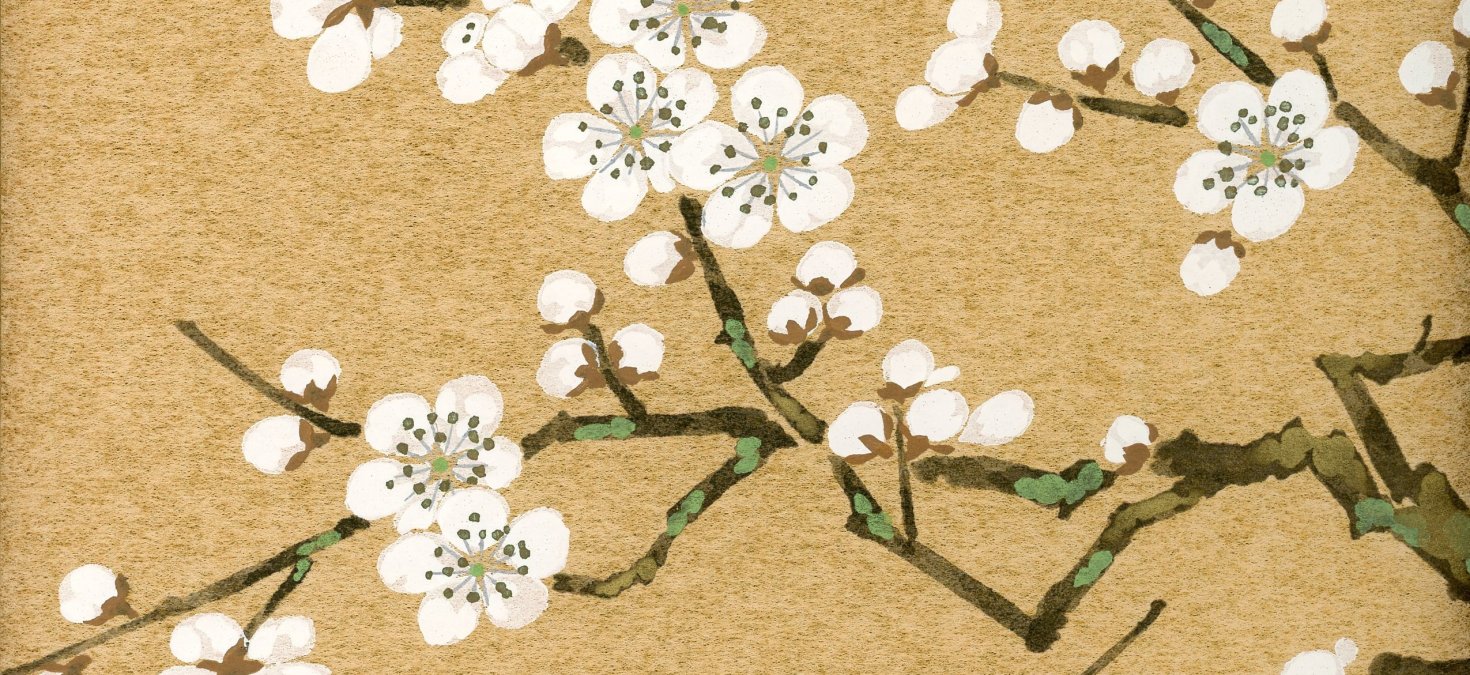Haiku – More than meets the eye

By Peter Davis, UIUC Junior in Mechanical Engineering
Around the world, haiku may very well be the most recognized form of poetry. It is quickly identifiable by its distinctive 3 lines with a 5-7-5 syllabic meter. This simple structure allows it to serve as introductory poetry for children in school, yet beneath this simple structure, haiku contains a wealth of history and wisdom. Standing the test of time, haiku is still a popular form for poets and amateurs to this day. Indeed, there is much more to a haiku than initially meets the eye.
Interestingly, traditional haiku are more correctly known as hokku, which can be traced to their historic and stylistic origin. Classical Japanese poetry is known as waka and has been composed in patterns of 5 and 7 syllables since the 6th century. Most classical poetry followed form known as tanka, composed of 5 lines, with a structure of 5, 7, 5, 7, and 7 syllables each. During the Heian era in Japan, poets began to collaborate in a form known as renga, with one poet supplying the first 3 lines and another providing the last 2. This collaboration often included elements of humor, as the first poet often gave obscure or contradictory details, challenging the second to complete the poem intelligibly and inventively. This became known as haikai no renga - literally ‘sportive’ or ‘playful’ renga. Over time, the first 3 lines of this renga began to be published as standalone poems known as hokku. It was not until the 19th century when these poems were renamed haiku.
Still, this structure alone is not the only mark of a traditional haiku (or hokku if you will), as the subject matter and themes traditionally follow specific criteria. Simply put, there are three main requirements. First, a haiku expresses a newly perceived sensation; it must be ‘in the moment’. Second, a haiku is not explanatory; it does not contain a cause and its effect. Lastly, each haiku is rooted in a seasonal description. While there are countless other rules for haiku which have been used at times, these main 3 have generally persisted.
Please take a moment to consider the following classic haiku by Basho (1644-1694)1:
Scent of plum blossoms
on the misty mountain path
a big rising sun
In three short lines, vivid descriptions arouse our senses. We are invited not only by the scent of the blossoms, but also but the visual grandeur and intrigue of the mountain path. The present moment is established as morning through the rising sun. At first glance, this may seem to be all there is to the poem. With no rhyme, no alliteration, and symbolism, it is almost as if the poem leaves ‘empty’ space. Yet, it is precisely this empty space which evokes higher meaning in haiku.
In Japan, the aesthetic importance of empty space is known as ma, and it is found in traditional arts including ikebana flower arranging and sumi-e painting. Empty space is not only an essential element of these displays but is often considered the most important aspect! The use of ma invites the mind to expand upon what is unseen, drawing deeper meanings than the images themselves could possibly convey.
The same is true in haiku. Unlike most English poetry, haiku is not concerned with what is good, true, or beautiful. Rather, the Japanese philosophy behind haiku is interested in the ephemeral – in a momentary sensation captured by the author. The empty space, the ma, gives the reader a chance to enter into the sensation described by the author. Ma is the doorway to a richer, unlimited exploration of ideas.
Truly, it is amazing how this simple framework still has enabled generations of unique and diverse poems across cultures. You may be surprised to discover that we even have an active group of haiku enthusiast right here in Champaign-Urbana! Through a project known as C-U Haiku, community members may submit their poems which are selected and published in the News-Gazette each week. This year, they encourage you to submit haiku on the theme of hope.
I would highly encourage you to try writing your own haiku – surely it should not take too long to think of one right now! You may stick to traditional rules with the 5-7-5 structure and seasonal themes, or maybe you prefer a free structure and contemporary themes. In time, you’ll discover than haiku may help you appreciate the spontaneous feelings of the day-to-day, and with a bit of luck, maybe you can even be published!
---
1Note: translated haiku usually do not typically attempt to meet the syllable count in English. Still, the poem above was reworded to follow the 5-7-5 structure. A more literal translation would read:
A whiff of plum blossoms / and pops up the sun - / mountain path
As a further note, the haiku is traditionally written in 1 vertical line, not 3. The rhythm of the poem will naturally break it up into 3 units. These units are often distinguished by use of ‘cutting words’ known as kireji which act as vocal punctuation. When translated, these words are either omitted or seen as dashes.